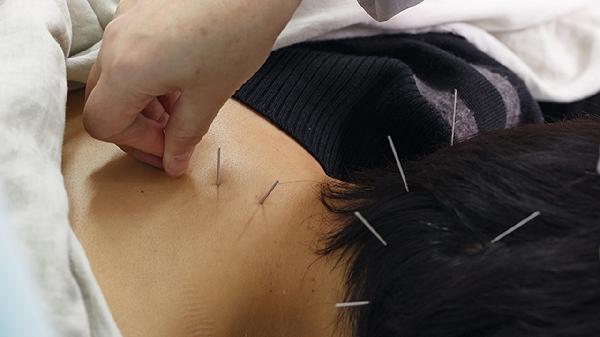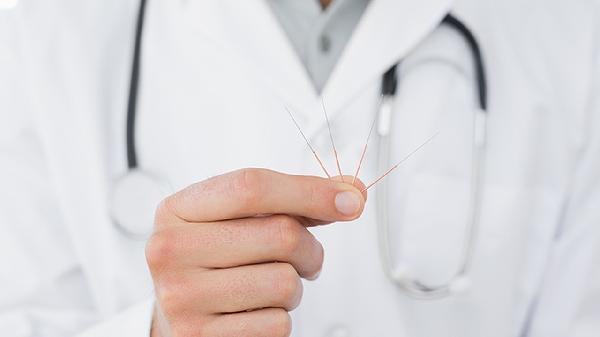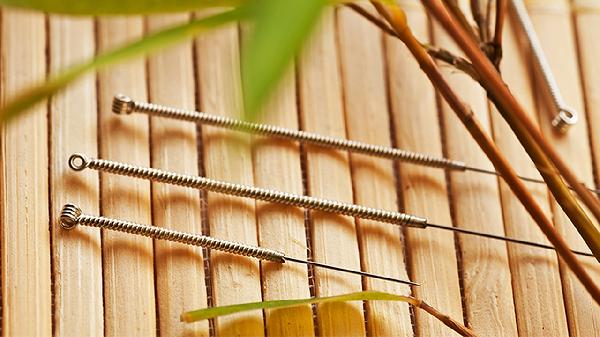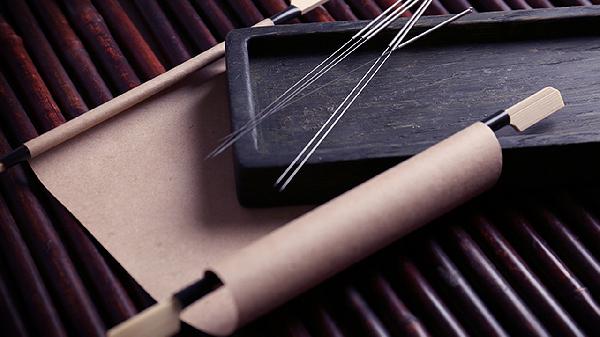Yes, acupuncture can help induce labor naturally by stimulating specific points on the body that are believed to promote uterine contractions and cervical ripening. This ancient Chinese practice has been used for centuries to support pregnancy and childbirth, and many women turn to it as a natural alternative to medical induction methods.
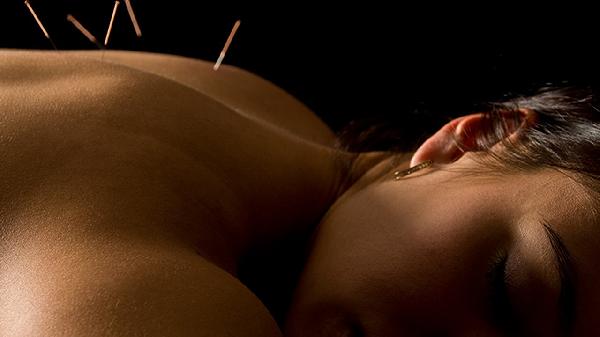
How Acupuncture Works to Induce Labor
Acupuncture involves the insertion of thin, sterile needles into specific points on the body, known as acupuncture points or acupoints. These points are believed to be connected to energy pathways, or meridians, that influence various bodily functions. When it comes to inducing labor, acupuncturists target points that are thought to stimulate the uterus, encourage cervical dilation, and balance hormones like oxytocin, which plays a key role in initiating labor.
One commonly targeted point is SP6 (Spleen 6), located on the inner lower leg. Stimulating this point is believed to promote uterine contractions and cervical ripening. Another point, LI4 (Large Intestine 4), found on the hand, is sometimes used to support overall energy flow and prepare the body for labor.
The Science Behind Acupuncture for Labor Induction
While research on acupuncture for labor induction is still evolving, some studies suggest that it can be effective. A 2017 review published in the Journal of Maternal-Fetal & Neonatal Medicine found that acupuncture may help reduce the need for medical interventions like Pitocin (synthetic oxytocin) and cesarean sections. Another study in the Acupuncture in Medicine journal reported that women who received acupuncture were more likely to go into labor spontaneously compared to those who did not.
However, it’s important to note that results can vary, and acupuncture is not a guaranteed method for inducing labor. Its effectiveness may depend on factors such as the timing of treatment, the skill of the acupuncturist, and the individual’s overall health and pregnancy conditions.
When to Consider Acupuncture for Labor Induction
Acupuncture is typically considered when a woman is at or near her due date and there are no medical complications that require immediate intervention. It’s often used as a complementary therapy alongside other natural methods, such as walking, nipple stimulation, or consuming certain foods thought to promote labor.
It’s crucial to consult with a healthcare provider before trying acupuncture, especially if there are concerns about the pregnancy or if medical induction methods are being considered. A qualified acupuncturist who specializes in prenatal care should also be consulted to ensure the treatment is safe and tailored to the individual’s needs.
What to Expect During an Acupuncture Session
During an acupuncture session for labor induction, the practitioner will first assess the individual’s health and pregnancy status. They will then insert needles into specific points, which may include areas on the lower back, abdomen, legs, and hands. The needles are typically left in place for 20 to 30 minutes, during which the individual may feel a mild tingling or warmth.
Some women report feeling mild contractions or increased pelvic pressure after a session, which may indicate that the treatment is working. However, it’s important to remain patient, as multiple sessions may be needed to achieve the desired effect.
Safety and Precautions
Acupuncture is generally considered safe for pregnant women when performed by a licensed and experienced practitioner. However, there are some precautions to keep in mind. For example, certain acupuncture points, such as those on the abdomen, should be avoided during early pregnancy to reduce the risk of miscarriage. Additionally, women with conditions like placenta previa or preeclampsia should avoid acupuncture unless specifically advised by their healthcare provider.
It’s also essential to ensure that the acupuncturist uses sterile needles and follows proper hygiene practices to prevent infections.
Other Natural Methods to Support Labor Induction
While acupuncture can be a helpful tool, it’s often most effective when combined with other natural methods. Some additional strategies to consider include:
The Role of Patience and Preparation
It’s important to remember that every pregnancy is unique, and labor may not start immediately after trying acupuncture or other natural methods. Patience and preparation are key. Staying informed, maintaining open communication with healthcare providers, and creating a supportive environment can help ensure a positive experience, whether labor begins naturally or requires medical intervention.
Conclusion
Acupuncture offers a natural and holistic approach to inducing labor, with potential benefits for both mother and baby. While it may not work for everyone, many women find it to be a safe and effective way to support their bodies as they prepare for childbirth. As with any medical or complementary therapy, it’s essential to consult with a healthcare provider and seek treatment from a qualified practitioner. By combining acupuncture with other natural methods and maintaining a positive mindset, women can feel empowered as they approach this transformative stage of their pregnancy journey.
